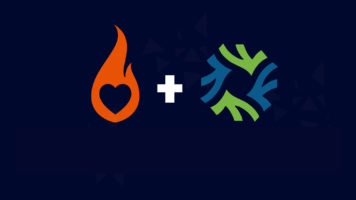Subject Lines: Going Deeper to Drive Open Rates
We spend a lot of time thinking about subject lines. eDataSource can see email subject lines, and measure their relative performance. They’re critically important in driving initial email engagement for marketing emails, and we have discussed them before in this space. We’ve explored their optimal length (no scientific closure on that — too many other variables), and their optimal content (pricing incentives work, but targeted product/service/occasion references can often do as well or better). Now the question is, where else can we go to study subject lines at work?
Word clouds are very popular. For a given brand, they show the relative frequency of a brand’s subject line keywords by variations of font size. See example above. They’re visually appealing, and provide quick clarity on individual words most often used. But we can go further.
Subject Lines: Word Clusters
Beyond individual word usage, the more important question is how subject line words work together. The graphic below shows word clusters which appear with varying frequency for a certain brand. The larger the word bubble, the more frequently that word is used. Bubbles connected by lines have a co-occurrence relationship. The closer the proximity of the word bubbles, the more likely those words are to have been used in combination.  Most telling is the cluster in the upper right quadrant of the graphic. There, ‘deal’ appears clustered with numerous words which refine or extend its meaning: today, popular, latest, top, get, app.
Most telling is the cluster in the upper right quadrant of the graphic. There, ‘deal’ appears clustered with numerous words which refine or extend its meaning: today, popular, latest, top, get, app.
The widely dispersed cluster in the center-left is also notable. There, ‘%” appears with more, extra, North Face, Macy’s and sale. Note also in the left-center a secondary cluster with the word ‘set’ grouped with comforter, towel, bath and TV.
There is also an interesting interplay of associated brand names, especially Macy’s and North Face, in conjunction with % and sale. The word ‘jacket’ also appears, both with North Face and Columbia, another brand which itself appears as associated with fleece.
If you compare these kinds of relationships across brands, key thematic insights can emerge by brand. Which of your competitors is most likely to use descriptive superlatives? References to time-sensitivity? Product-specific references? Incentive-based words or phrases, and which kinds? Diving even deeper, it’s also possible to measure relative read rate performance of certain word combinations.
These insights have clear actionability — and business value. Subject line writers of the world, rejoice!
By: John Landsman, Director of Strategy & Analytics, eDataSource









